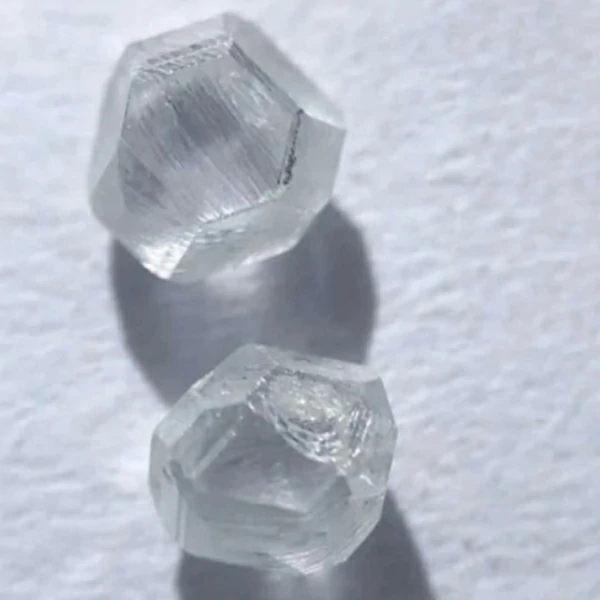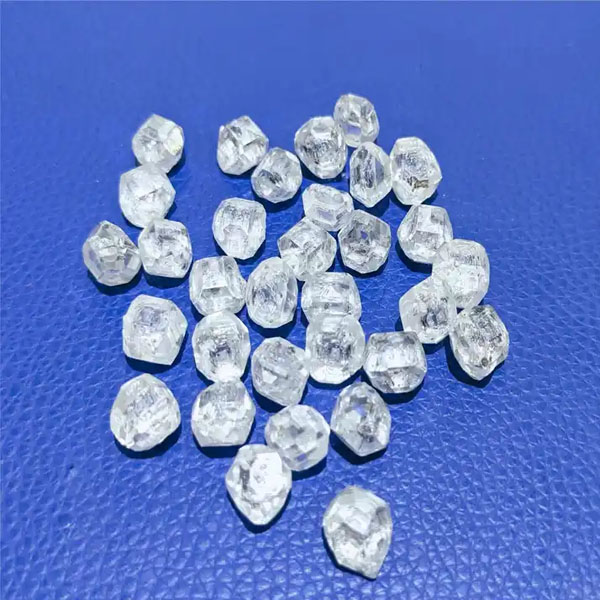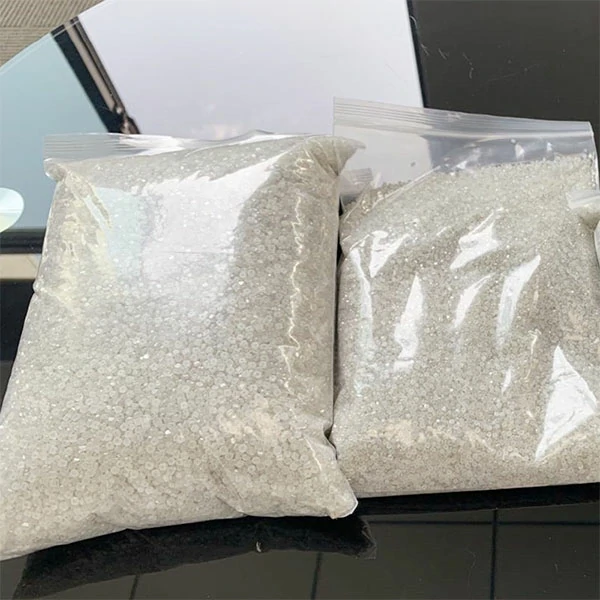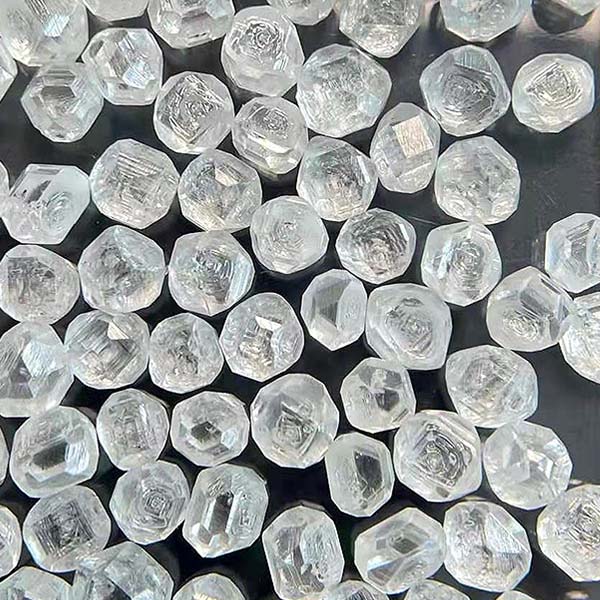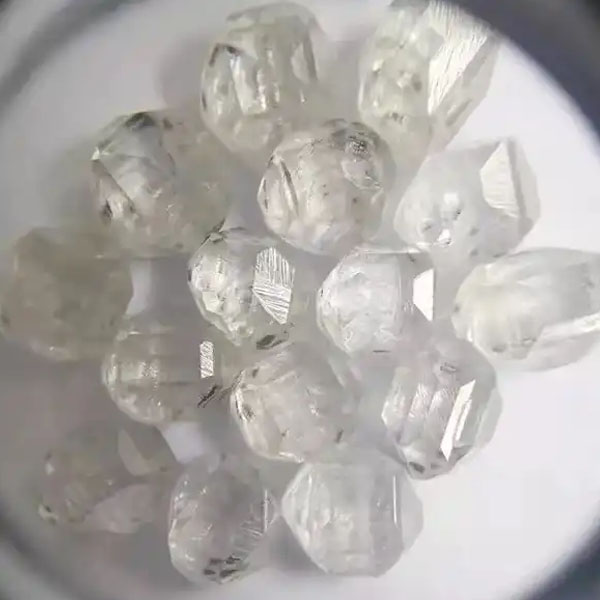Lab Grown Uncut HPHT Diamond
What is an HPHT lab-grown diamond?
High temperature and high-pressure method (HPHT, High pressure-High temperature): The basic principle is to transform graphite into diamonds in an artificially high temperature and high-pressure environment, usually requiring pressure and temperature of 10GPa and above 3000℃. If there is the participation of metal catalysts (such as Fe, Ni, Co, Mn, etc. and their alloys), the conditions required for graphite to transform into diamond will be greatly reduced, usually, the pressure is 5.4GPa and the temperature is 1400℃. The core equipment that needs to be used in the preparation process of the high-temperature and high-pressure method is a six-sided top press, a synthesis block, and a graphite core column. The preparation process is as follows:
- Preparation of graphite core column: firstly, graphite powder, metal catalyst powder, and additives are mixed according to the ratio specified in the raw material formula, and then the graphite core column is made through granulation, static pressure, vacuum reduction, inspection, weighing and other processes;
- Synthetic block assembly: Assemble the graphite core column, composite block, auxiliary parts, and other sealed pressure transmission media according to the technical requirements and operating process regulations, mix and compress the pyrophyllite powder into a composite block, and then combine the graphite core column, composite block and Conductive steel rings, plugs, heating components, and insulating components are designed as synthetic blocks.
- Single crystal synthesis: put the synthesis block into the six-sided top press, heat and pressurize according to the set procedure and keep it constant for a long time. After the crystal growth is completed, stop the heat and release the pressure and remove the sealing pressure transfer medium to obtain synthesis. column.
- Purification treatment: Purification treatment is to remove the unreacted residual graphite in the synthesis column and impurities such as catalyst metals and pyrophyllite mixed therein, and then obtain pure diamond single crystals and cultivated diamonds.
Showing 1–9 of 24 results

